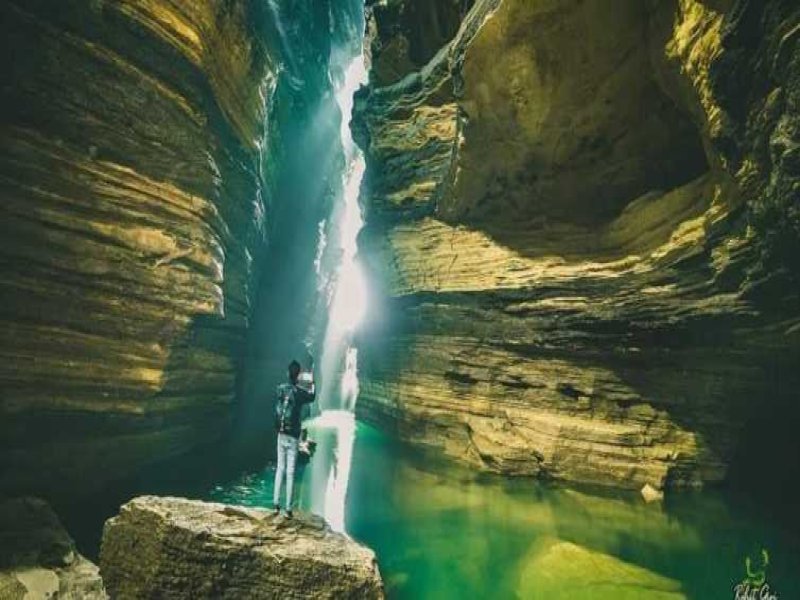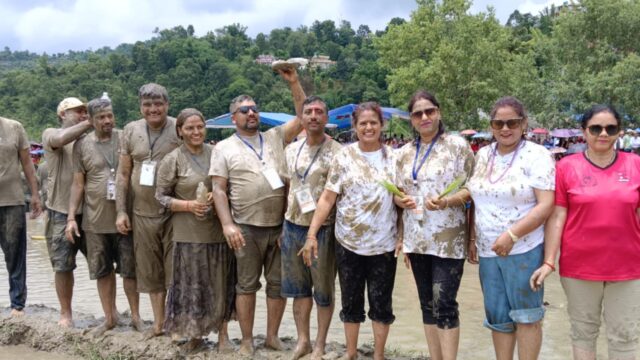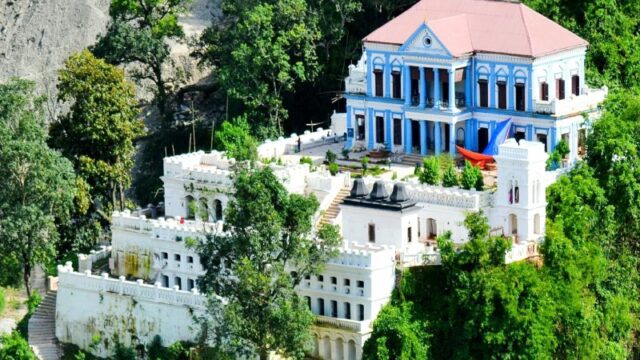Tucked away in the serene landscape of Pokhara, the Mahendra Gufa (Mahendra Cave) has emerged as a must-visit destination for adventure enthusiasts and nature lovers alike. Named after King Mahendra Bir Bikram Shah Dev, this subterranean marvel offers a unique blend of natural beauty and cultural significance, drawing tourists from around the globe.
A Natural Wonder
The Mahendra Gufa is renowned for its impressive limestone formations, including striking stalactites and stalagmites that have formed over centuries. The cave’s intricate structure and mysterious ambiance make it a fascinating site for geologists and casual visitors alike. As explorers venture deeper into the cave, they are greeted by the awe-inspiring sight of these natural sculptures, each telling a story of the Earth’s geological history.
Cultural and Historical Significance
Beyond its natural allure, Mahendra Gufa holds cultural and historical importance. Local folklore and legends add an element of mystique to the cave, with stories passed down through generations about its discovery and the spirits believed to inhabit it. The cave was named in honor of King Mahendra, recognizing his contributions to Nepal’s cultural heritage and tourism.
A Hub for Adventure Tourism
In recent years, Mahendra Gufa has become a cornerstone of adventure tourism in Nepal. Its proximity to the bustling tourist hub of Pokhara makes it an accessible yet thrilling escape for visitors. Adventure seekers can combine a visit to the cave with other outdoor activities such as trekking, paragliding, and boating on the nearby Phewa Lake.
Local tourism operators offer guided tours, ensuring that visitors can explore the cave safely while learning about its geological and historical context. These tours cater to various levels of adventurers, from families looking for a leisurely exploration to spelunkers eager to delve into the cave’s more challenging sections.
Boosting Local Economy
The rise in tourism to Mahendra Gufa has had a positive impact on the local economy. Increased visitor numbers have led to the development of surrounding infrastructure, including hotels, restaurants, and souvenir shops. This growth provides employment opportunities for residents and promotes the preservation of the area’s natural and cultural resources.
Conservation Efforts
With the growing popularity of Mahendra Gufa, there has been a concerted effort to balance tourism with conservation. Local authorities and environmental organizations work together to protect the cave’s delicate ecosystem. Efforts include regulating visitor numbers, implementing strict waste management protocols, and conducting regular maintenance to preserve the cave’s pristine condition.
Plan Your Visit
For those planning a trip to Mahendra Gufa, the best time to visit is during the dry season, from October to April, when the weather is favorable for outdoor activities. Visitors are encouraged to wear comfortable clothing and sturdy footwear and to bring a flashlight, as parts of the cave can be quite dark.
Whether you’re a thrill-seeker, a history buff, or simply someone looking to experience the natural beauty of Nepal, Mahendra Gufa offers an unforgettable adventure. Discover this hidden gem and add a touch of mystery and wonder to your travel itinerary.





